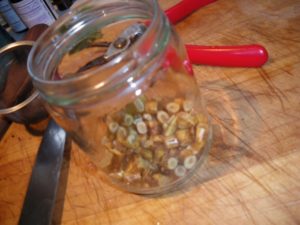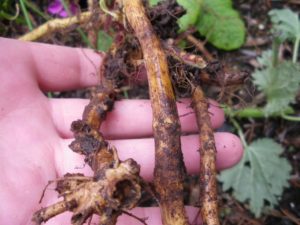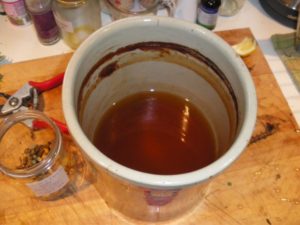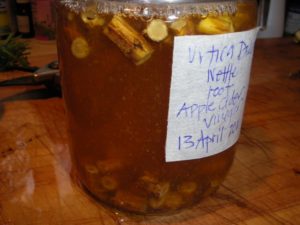More on the Bounty of Nettle
Apr 17, 2024
I woke early this morning to set out and harvest nettle root from my small but healthy patch of nettles (urtica dioica)
The peak time to harvest roots is early spring while the vitality still resides in the root pushing upwards for new growth, or autumn while the vital energies are drawing downwards to the earth to rest over winter.
While most of us are familiar with the benefits of nettle leaf, few pay attention to the hardy root. Nettle root nourishes the spleen and enhances the immune system providing the body with nutrients. It decreases inflammation from the body and in particular, it’s shown to be an effective anti-inflammatory for Benign Prostatic Hyperplasia (BPH), prostatitis, and even prostate cancer. It also tastes really good!

Once I bring my nettle roots home I wash them well – I don’t peel them – instead I chop them like carrots, filling a clean glass jar about 1/2 – 1/3 full of fresh roots. You can fill your jar to the brim with roots instead of half way. It’s really a matter of how much root you have, and how intense you want the taste of the finished product.

Next I cover with apple cider vinegar.
Using vinegar as a solvent (also called the menstruum in herbal medicine) is an effective way to draw out minerals from plants. The vinegar I recommend using is raw, unpasteurized organic apple cider vinegar. Cider vinegar is inexpensive to buy, and incredibly easy to make yourself. If you are new to making medicinal vinegars, you can read more about them here. And to learn how to make your very own vinegar, go here.
Pictured below is my earthenware crock with homemade vinegar in it. The volume level is low because the day I took this photo I was busy making a lot of formulas with it. I made this vinegar by fermenting apple juice from my neighbours apples. Steeping herbs from my own land, today nettle root, makes for truly local medicine!

Next cover your herbs with the vinegar

and don’t forget to label your medicines! Date and location are good to note.

Store away from direct light and let it steep for 1-2 weeks. Admire its beauty, reflect on the miracle of nature, and each time you shake it infuse it with good energy and intention for how you’d like it to help you and your loved ones. That’s part of the magic of medicine making.
After a couple of weeks, strain and separate the herb roots from the liquid. Compost the roots. Bottle and label your nettle root infused vinegar. It’s now ready to use.
HOW TO USE NETTLE VINEGAR
I use all of my vinegars in food: as a base for salad dressings; sprinkled over steamed greens (which improves mineral uptake from those veggies); to flavour grains. I also use the vinegar straight up or in a bit of water to ease digestion. You can also take it this way as a tonic, instead of a tonifying tincture. And by the way, herbal vinegars are really handy to ease burns (just splash a little on)
Enjoy!
Seraphina

